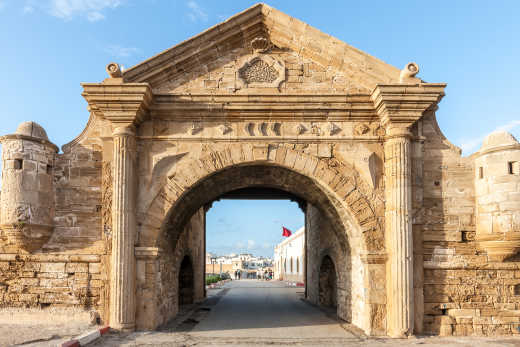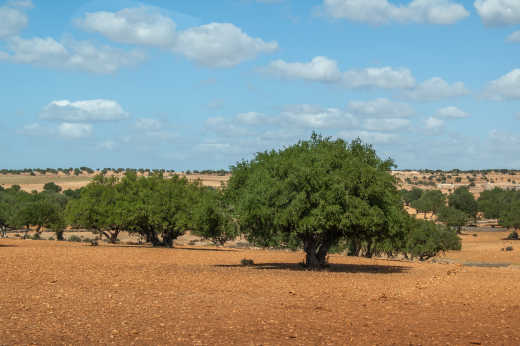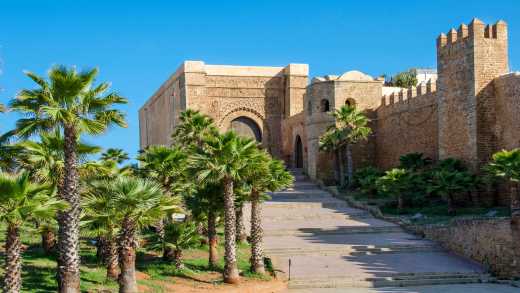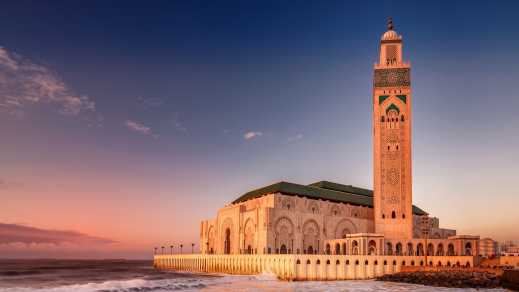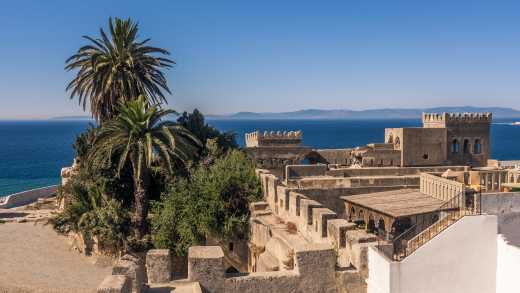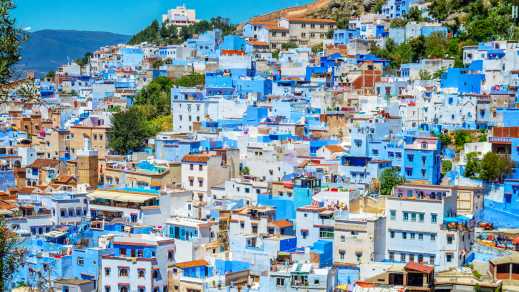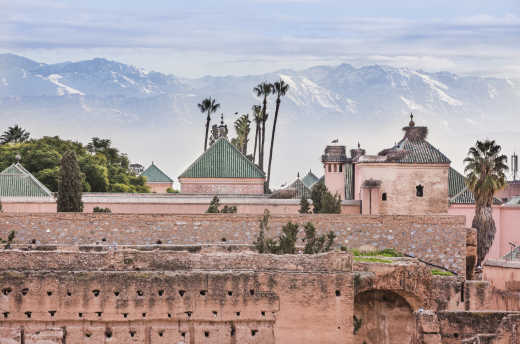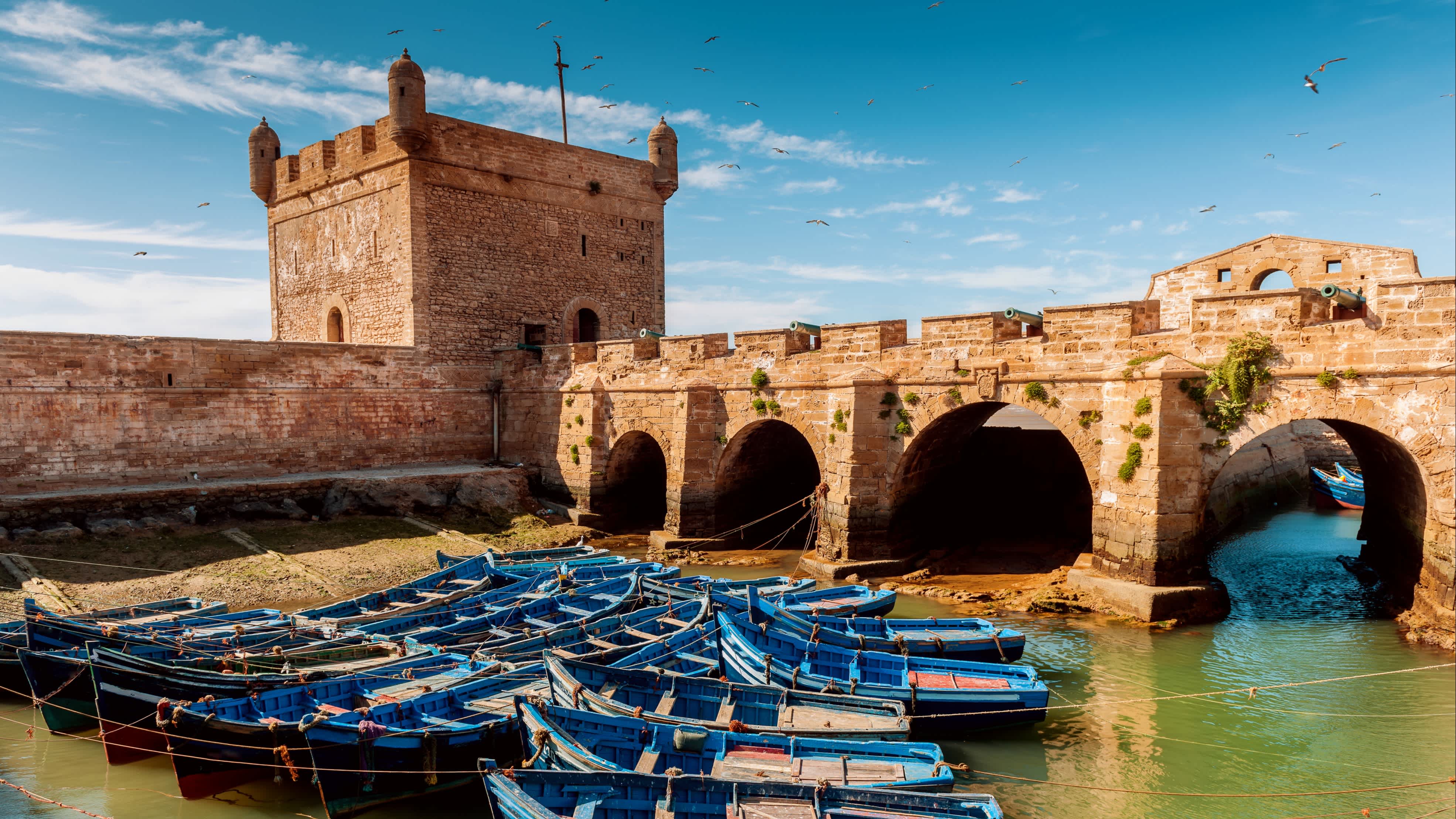
Essaouira Tours
The top sights, highlights, tours & travel itinaries curated by our Travel Experts.
- Destinations
- Africa
- Morocco
- Essaouira
Our Expert Tips for Your Essaouira Tour
In Essaouira, you can escape the hustle and bustle of the big cities while immersing yourself in Morocco's history. The relaxed city was already inhabited in prehistoric times, in the 1st century BC there was already a dye factory. In the 16th century, the port city developed into a stronghold for the export of sugar and molasses, which in turn attracted pirates. Today Essaouira is much more peaceful and is best known for its preserved medina, creative art scene, delicious food and beaches.
![Africa Morocco Essaouira Medina Gate The main gate of the Medina]()
Bab Doukkala
The main gate of the city
![Africa Morocco Trees Hiking Morocco]()
Eco-Tourism and Hiking
The multifaceted region
![Africa Morocco Essaouira beach A camel on the beach]()
Spiaggia di Essaouira
Relax on the beach
What to See During Your Essaouira Tour?
1. Essaouira Citadel
Essaouira's port is picturesque, quaint and simply beautiful. The Citadel dates back to the Portuguese colonial period and is an exceptional example of a late 18th century fortress, built according to contemporary European military architecture. Defence was paramount, which is why the path over the ramparts is still lined with numerous cannons. The fortress gives you a fantastic view of the deep blue sea and the small blue and white fishing boats. The fishermen bring in their catch daily and you can buy your delicious lunch right there.
2. Bab Doukkala in the Medina of Essaouira
No Moroccan city is complete without an old walled district - a medina. The medina of Essaouira, however, is a little different in that it resembles the structure of European towns. The layout follows a grid pattern, with several streets leading throughout the city centre to four different gates. The 'Bab Doukkala' is the main gate, facing north. The neat layout was probably intended to facilitate the busy trade of the port city. However, the medina still contains everything you would hope for in an old Moroccan town: colourful market stalls, seductive aromas and the magic of the Orient, a highlight on your Essaouira holiday.
3. Eco-Tourism and Hiking
Essaouira's surroundings are perfect for great hiking tours. On your exciting exploration trips, you will get to see the many facets of the region: Forests full of olive, fig, thuya and eucalyptus trees, small villages where carpet weaving is still a craft, and breathtaking peaks, such as the 650-meter-high Jebel el Hadid. The sacred mountain, about 30 kilometres outside the city, is said to be the resting place of Sidi Ali Saih Wanderer, who retired there to pray.
4. Mogador Island
Essaouira used to be called Mogador, but nowadays the name is reserved for the small island about a kilometre and a half from the city. No one but the rare Eleonora Falcon lives on the islet anymore, but in the first century BC, it was once home to an important production site for the purple dye extracted from tidal shells. The purple dye was needed for the togas of Roman statesmen. If you want to visit Mogador nowadays, you need a special permit as the island is now a bird sanctuary.
5. Spiaggia di Essaouira
Why visit a coastal town if you don't want to relax on the beach? Essaouira's wide, soft beach serves as a park for the locals. The waterfront passage is particularly popular with joggers, walkers and footballers. It is not without reason that Essaouira has become known as a seaside resort. The conditions for windsurfing and kitesurfing are almost perfect there. So you can also try your hand at water sports activities. In addition, the beach boulevard is beautifully landscaped and invites you to a romantic evening stroll. A crowning end to the day on your Essaouira holiday. Less
Other Places to Visit During Your Tour
TourlaneCare

